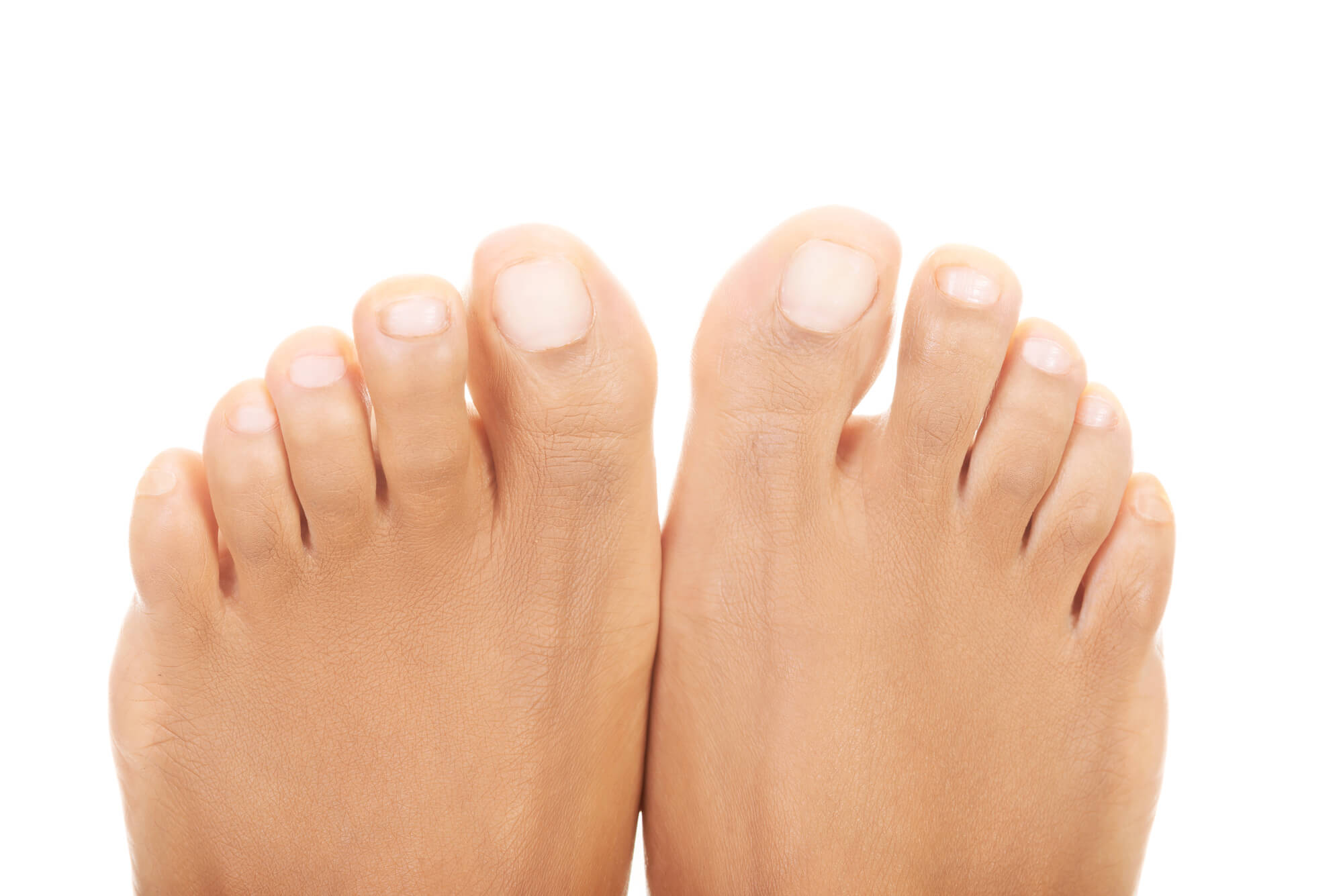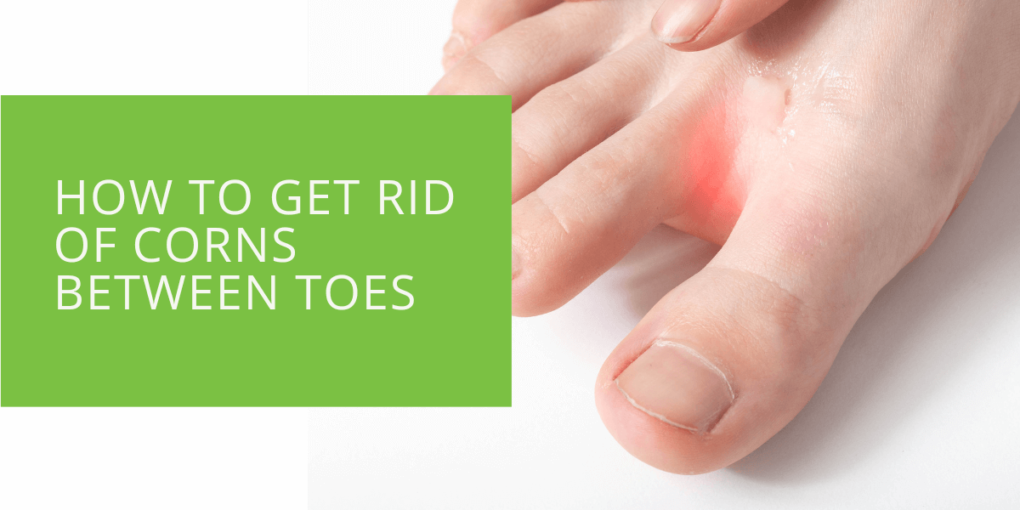How to Get Rid of Corns Between Toes
Corns between the toes can be not only bothersome but also downright painful, making it challenging to walk comfortably. This comprehensive guide will delve into the intricacies of treating and preventing corns between toes, ensuring your foot health remains uncompromised.
Key Takeaways
- Corns and calluses form due to repeated friction or pressure on the skin, with corns developing in tighter spaces like between toes.
- Corns have a central core and are more painful due to concentrated pressure, while calluses are larger and flatter.
- Properly fitted shoes, protective padding, good foot hygiene, and trimming toenails can help prevent corns between toes.
Understanding Corns and Calluses
Corns and calluses are the foot's natural defense against repeated friction or pressure. While calluses typically form on weight-bearing areas like the heels or balls of the feet, corns tend to develop in tighter spaces, such as between or on top of toes. These conditions occur when the skin thickens and hardens to protect underlying tissue from damage.
Corns and calluses form as a response to excessive friction or pressure on the skin. This friction can be caused by various factors, including wearing ill-fitting shoes, walking barefoot, or engaging in activities that put repetitive pressure on specific foot areas. Understanding the underlying causes of corns and calluses is essential for effective treatment and prevention.
Differentiating Between Corns and Calluses
While corns and calluses share similarities, they have distinct characteristics that differentiate them. Corns typically have a central core surrounded by inflamed skin, giving them a cone-shaped appearance. On the other hand, calluses are generally larger and flatter, lacking the defined center characteristic of corns.
Differentiating between corns and calluses is crucial for proper treatment. Corns often cause more discomfort due to their concentrated pressure points, while calluses are more widespread but may be less painful. Understanding these differences can help individuals identify the condition they are dealing with and choose the most appropriate treatment approach.
Identifying Corns Between Toes
Corns between toes present as small, raised patches of thickened skin. They can be particularly uncomfortable, especially when pressure is applied, such as when wearing tight shoes or walking for extended periods. Identifying corns between toes early allows timely intervention to prevent further discomfort and complications.
Identifying corns between toes requires careful examination of the affected area. Corns may appear as small, round, or oval-shaped lesions with a hardened center. They can range in color from yellow to brown and may cause pain or tenderness when pressed. Additionally, corns between toes may be exacerbated by moisture or friction from adjacent toes, making proper identification crucial for effective treatment.
Preventive Measures
Preventing corns between toes is essential for maintaining optimal foot health and comfort. By implementing proactive strategies, individuals can minimize the risk of corn formation and alleviate associated discomfort.
Preventive measures are crucial in reducing the likelihood of corns between toes. This includes correctly fitting shoes that provide adequate space for toes to move freely, thereby reducing friction and pressure. Additionally, protective padding or cushions can help alleviate pressure points and minimize the risk of corn formation. Practicing good foot hygiene, such as keeping feet clean and dry and trimming toenails properly, can also prevent corns between toes.

Treating Corns Between Toes
If corns between toes develop, several effective treatment options are available to alleviate discomfort and promote healing. From home remedies to professional interventions, addressing corns promptly can prevent further complications and restore foot health.
Home Remedies for Corns Between Toes
Home remedies can provide relief from corns between toes and promote healing. Soaking feet in warm, soapy water softens the skin, making it easier to remove dead skin with a pumice stone. Additionally, applying moisturizers or emollients can help soften corns and reduce friction.
Home remedies offer a convenient and cost-effective approach to treating corns between toes. Soaking feet in warm water helps soften the skin, making it easier to exfoliate gently with a pumice stone. Applying moisturizers or emollients afterward can help keep the skin hydrated and prevent further dryness or cracking. However, using these remedies consistently and avoiding aggressive scrubbing is essential, as this can irritate the skin and worsen the condition.
Using Over-the-Counter Corn Removers
Over-the-counter corn removers containing salicylic acid can effectively dissolve corns over time. These products come in various forms, such as medicated pads, cushions, or liquid solutions, and work by softening the hardened skin of the corn.
Over-the-counter corn removers offer a convenient option for treating corns between toes at home. Salicylic acid, the active ingredient in many corn removal products, breaks down the protein bonds in the thickened skin, allowing it to slough off more easily. These products typically come with detailed instructions for safe and effective use, but following them carefully is essential to avoid damaging healthy skin surrounding the corn.
Seeking Professional Treatment for Stubborn Corns
In cases where home remedies and over-the-counter treatments are ineffective, or if the corns are causing severe pain or discomfort, it may be necessary to seek professional treatment from a podiatrist.
Podiatrists are trained specialists who can diagnose and treat various foot conditions, including stubborn corns between toes. Depending on the severity and underlying cause of the corns, a podiatrist may recommend treatments such as debridement, orthotics, or surgical intervention to alleviate symptoms and prevent recurrence. Seeking professional treatment ensures that corns are addressed effectively and that any underlying foot issues are properly managed.
Additional Considerations
In addition to treating existing corns between toes, addressing any underlying foot issues that may contribute to their formation is essential. Understanding the role of calluses and corns in foot health can also help individuals make informed decisions about prevention and treatment.
Addressing underlying foot issues, such as biomechanical abnormalities or improper footwear, is crucial for preventing future corns between toes. A podiatrist can assess these factors and recommend appropriate interventions, such as orthotic devices or shoe modifications, to reduce pressure and friction on the affected areas. Understanding the difference between calluses and corns can help individuals identify and address these conditions effectively, improving foot health and overall well-being.
Conclusion
At ePodiatrists, we understand the challenges associated with corns between toes and are committed to providing personalized care and effective treatments to our patients. Our experienced team of podiatrists offers comprehensive evaluations and tailored treatment plans to address corns and promote overall foot health.
Dealing with corns between toes can be frustrating and uncomfortable, but finding relief and preventing recurrence is possible with the right approach. At ePodiatrists, our team of dedicated professionals is here to support you every step of the way. From accurate diagnosis to customized treatment plans, we prioritize your foot health and well-being. Don't let corns between your toes hold you back – schedule an appointment with us today and take the first step toward healthier, happier feet.

